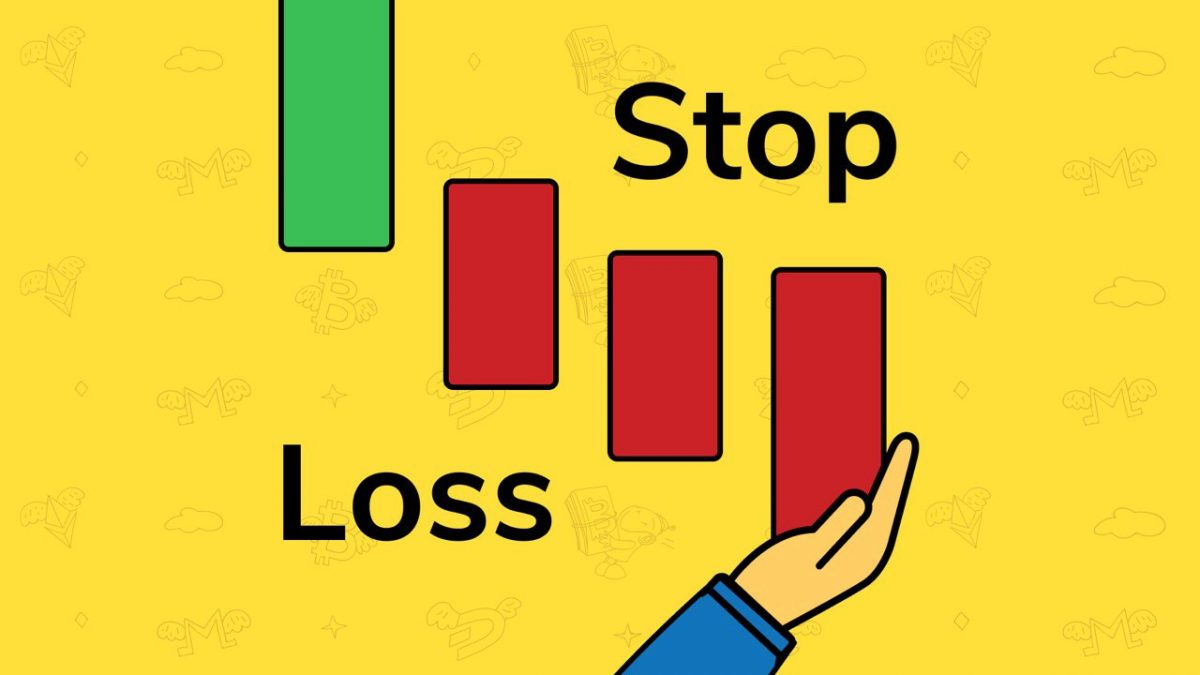Have you ever felt the inability to pull the trigger to get into a trade at the right moment? Then chased the stock only to your detriment? Have you ever taken profits way before your target because the stock merely “jiggled,” only to sit on the sidelines, watching your stock run to its original target? If so, you are experiencing the effects of fear. You are not alone.
Psychological aspects make up 95% of the trading equation. Fear is one of the aspects. Ideally, we would all be “emotionless” traders. No fear, no greed, just pure discipline. While this may be a worthy goal, not many can take the leap to this level just because I say you need to. While most people cannot eliminate fear, there are some things you can do to keep it in check. Here are some suggestions.
1. First, have a well-laid out plan. Have a trading plan that you use that clearly spells out what strategies you will play, how many shares you will play, and how much money you are willing to lose on a single trade. There are many aspects to this plan. These are some of the basics.
2. Next, plan out the individual trade. When you see a trade come up that fits into your plan, study the play to find the proper stop loss and target. Play the proper share size so a stop out does not violate your maximum loss per trade. Make your decisions before the trades hits while you have a clear level head, and then follow the plan without question. You must “execute” the trades you have “planned.”
3. The next step may be the most important. Let your plan go to work. Let the play finish. Unless something changes about the trade, let it come to its natural conclusion, either the target or the stop. Think about it. You have planned a trade while you had a clear head. You believe the trade is worth your hard-earned money on the line. Give it a chance to finish.
4. There are sometimes reasons to end the trade early. Perhaps there has been a change in market environment. For example, you might be long in your play and the market just took out key support. Or maybe you planned on reaching the target by reversal time and it is almost at the target with the reversal time now here. You may use ‘bar by bar’ analysis (taught in our Professional Trading Strategies Course PTS) to judge an early exit. However, these are the minority of times. The vast majority of times you should leave the play alone. Do not be jiggled out by your Level 2 screen. The chart pattern is by far more important.
5. If you are still so nervous that you can’t handle it, try this next. Sell half the position at the reduced target. Get used to taking partial profits and this will let you have confidence letting the back half hit the target. This will also be likely to put you in a ‘no lose’ situation with the trade, allowing you some patience. Good traders sell incrementally, on the way up all of the time.
6. If that does not help, then you need to cut back on your share size (or find a trade with a smaller stop) so the size of the potential loss does not trigger your “pain limit.”
A well laid out plan and confidence are the enemies of fear. If the above items prove helpful, you
will start building the confidence needed to stay with your trades. In the beginning, you should start off paper trading to build confidence in your strategies and with your execution system. Then, as you become more familiar on paper, start trading small share sizes, about $5-$10 risk per trade. Learn to make money before you move up your share size. Only increase your share size when you are ‘successful’ at a smaller share size. Define what you will call ‘success’ before you advance. If you start to lose confidence or start to get those ‘fearful’ feelings, cut back on the share size until you get back in stride.





